| Microchip relief? Don’t get your hopes up |
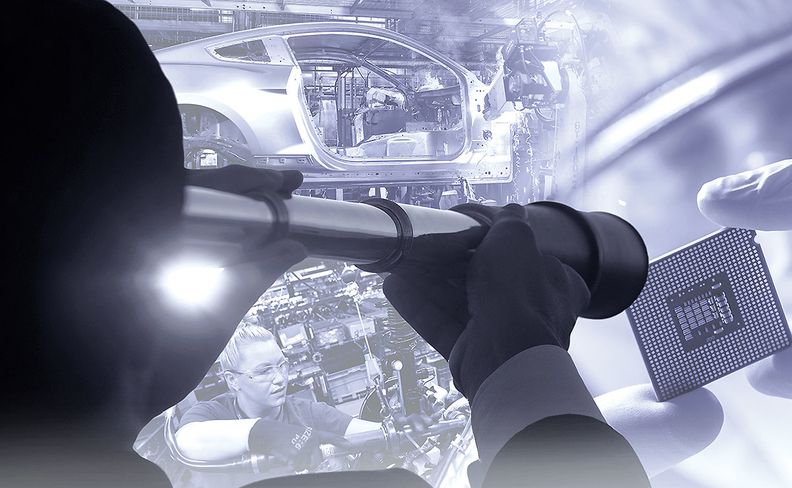
You have no doubt heard, in the past few years, the expression “headline fatigue.” People sometimes tell pollsters that they’re just tired of reading the same bad news over and over and over.
And you might even feel that way about the global shortage of microchips.
But guess what. That story … won’t … go … away.
This week, we take stock of where things stand as Year Two of the situation gets going. News flash: Don’t get your hopes up.
Asia Editor Hans Greimel and I did a quick survey of the current outlook of executives and forecasters who are either directly involved in fixing the problem or monitoring it for any sign of real relief. What you’ll read this week is that, even as the industry tries its hardest to hack a path through the thickets of the problem — and even manages to find relief here and there — the chip shortage is going to keep constraining vehicle production for months to come.
Everyone hopes to just move on. It’s not time.
Encouraging moments arise. We tell you this week that BMW’s South Carolina assembly plant managed to steer through the worldwide shortage last year to produce more vehicles than it ever has. And late in the week, as we were putting this issue to bed, the American chip producer Intel revealed plans to construct two new chip factories near Columbus, Ohio, at a cost of $20 billion.
A wonderful sign — except that its new capacity won’t be ready until 2025.
That’s a lot of sales months from now. Until then, life in the auto business is going to require a lot of communicating and Plan-B planning, more work arounds and hacking.
Hans picked up a great comment from the president of Denso Corp., Koji Arima.
“We are walking a tight rope,” Arima is quoted saying. And addressing the problem, he added, involves intense supply chain communications, flexibility, commonizing vehicle parts and redesigning them — not in the vacuum of the auto industry, but by “listening to the voices of semiconductor manufacturers.”
 |

 |
In Monday’s Automotive News:
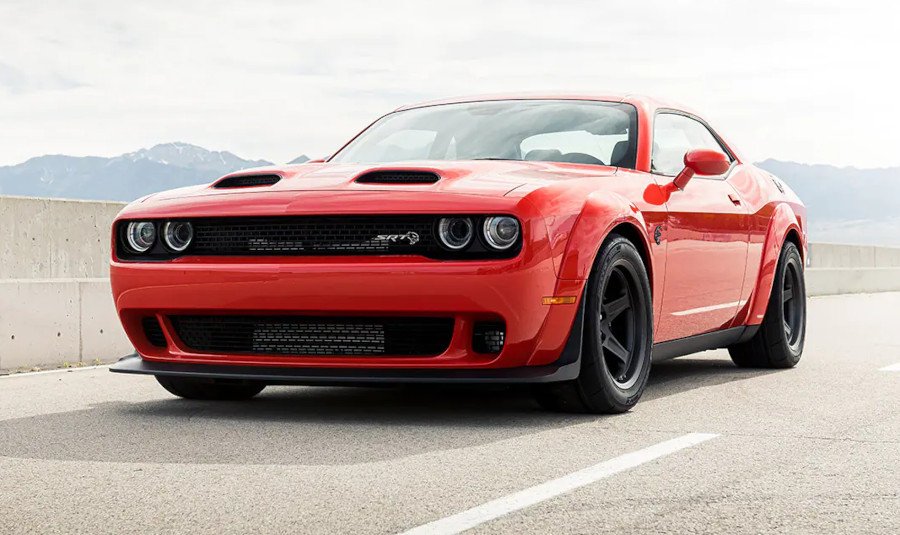
Winning the pony car race: The Dodge Challenger topped the Ford Mustang and Chevrolet Camaro in 2021 to win the pony car segment for the first time. And while many might think pummeling the opposition is a worthy goal, Dodge is running it’s own race. Dodge CEO Tim Kuniskis tells Automotive News that brand executives aren’t waking up every day trying to figure out how they can one-up the competition. So how did things end up that way in 2021?
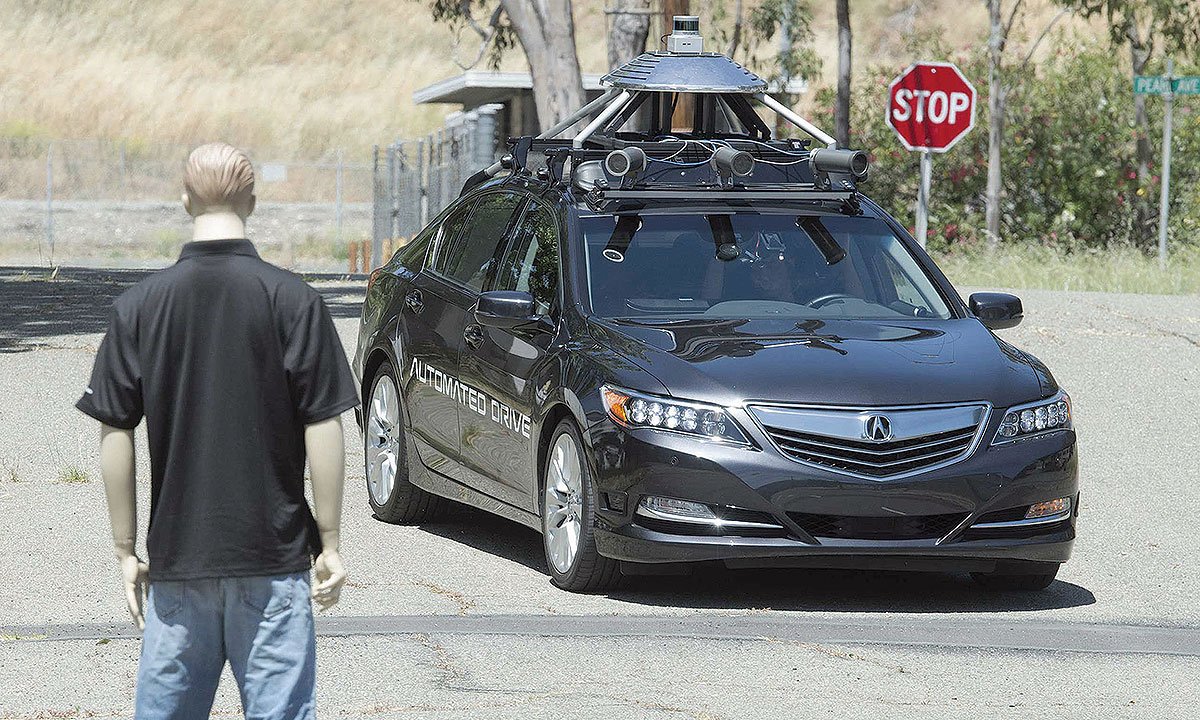
AV surprise: When you think of autonomous vehicles, what companies come to mind? Waymo and Cruise? Perhaps Ford’s and Volkswagen’s Argo AI? It turns out Honda stole an early lead in autonomous driving by offering the world’s first Level 3 system on public roads, even if it is available for customers in Japan only. We look at the system’s limitations and potential, the good, bad and ugly, based on a test drive in Tokyo.
Weekend headlines:
Four dealerships sold in Mo., Pa., Ariz., and Ohio: Jim Butler Auto Group, Faulkner Automotive Group, Horne Auto Group and Coughlin Automotive Group each expanded their dealership portfolios with acquisitions in either late in the fourth quarter of 2021 or early in January 2022.
 |
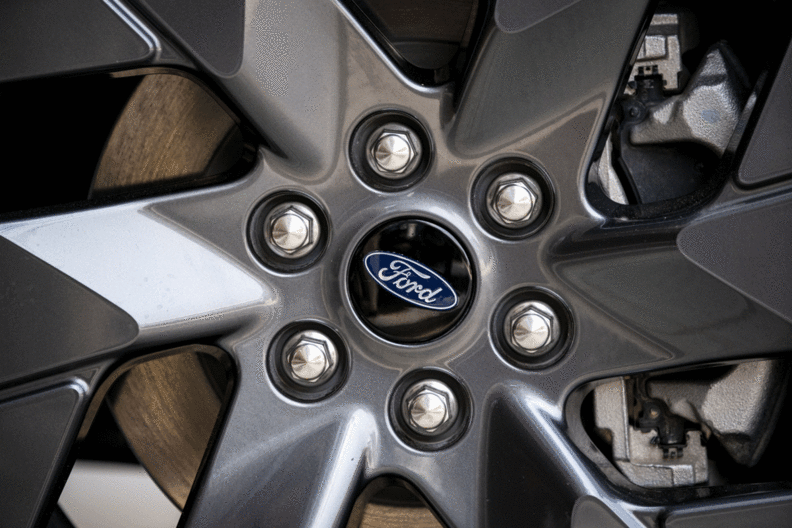
Ford’s Rivian gain: The automaker expects to book an $8.2 billion gain in the fourth quarter from its investment in startup Rivian. Ford carried a roughly 12 percent stake in Rivian when the electric vehicle maker went public in November after investing more than $800 million in the company. Ford reports earnings Feb. 3.
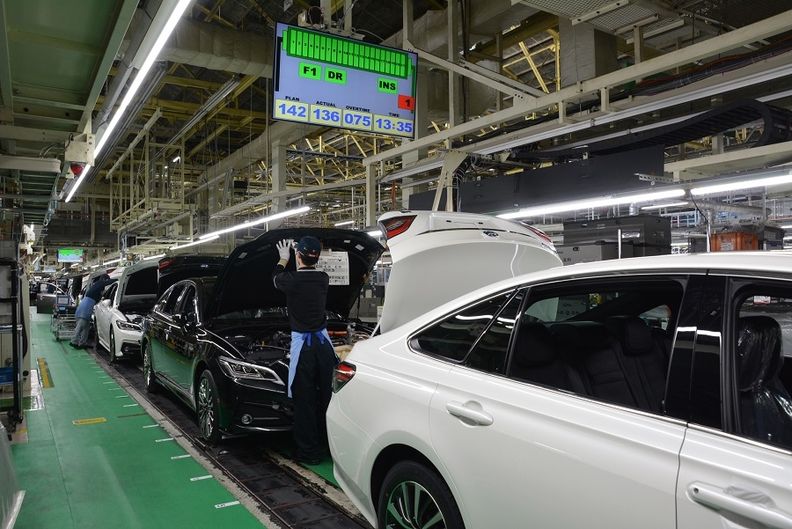
Toyota to miss annual output target: After holding strong for months, Toyota now expects to miss its global production target as the automaker capitulates to the double whammy of parts shortages and the pandemic. The automaker said it expects global output to come in under the 9 million vehicle target for its fiscal year ending March 31.
 |
|
|---|
 |
 |
 |
Jan. 26, 2010: Niche Dutch sports car maker Spyker buys Saab from General Motors for $400 million, with $74 million in cash, the rest in deferred shares.

